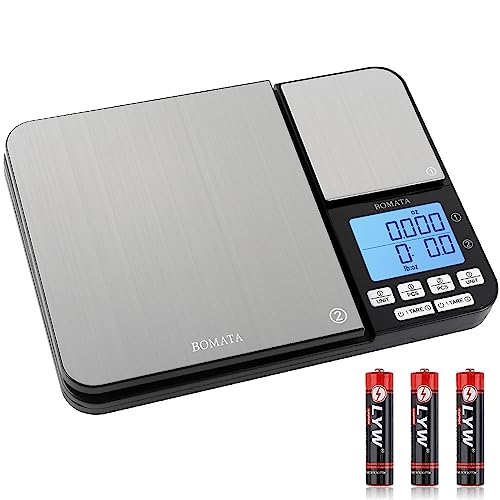Davo51
Member
- Joined
- Nov 25, 2016
- Messages
- 7
- Reaction score
- 0
Hi all.
I am new to the forum as well as soap making. This is my first post and many of you probably already know from the title the problem I am having.
I made my first batch yesterday, and was a bit of an unexpected disaster.
I am learning soap because I want to formulate a soap that is good for acne and also has skin lightening properties. I currently live in Thailand and there seems to be a huge demand for soaps and/or creams etc that are good for complexion and also skin whitening is also in very high demand.
It seems everyone here wants to be a white as possible, they also have complexion problems due to the climate and their diet which seems to make their skin clammy and oily.
I made up the oils and the lye water separately as I have learned from many videos, but when it came time to add the lye mix to the oils, the whole thing went stiff like mashed potatoes. I tried to put the mix in a crock pot and heated on low for over an hour but it did not melt again.
I looked up the problem on soap making blogs and determined that the mix 'seized'... Possibly due to adding the lye too fast and the temps wrong.
I started a second batch today after learning the ideal temps and opted to trickle the lye mix in as slowly as possible, however once I had added about half the lye, the thing stated to gloop up once again.
I am now thinking perhaps it is my recipe, I am rather limited to what ingredients I can get here in Thailand, and I am also limited by cost, many things that are cheap in the west seem to be stupidly expensive here.
I need to do this on a cost, as my wife wants to sell on the internet here and if successful wants to approach the big retailers.
I am quite heavy on Lauric acid, I need this to add hardness and also bubbliness, I am now thinking it is a reaction with too much of this ingredient and the lye. I could be wrong, but I am sure many on this forum can look at my recipe and see exactly what i am doing wrong.
I will add an image of my soapcalc recipe... I also add 70 grams of lactic acid at the end for the skin lightening properties. But the seize happens before i add this.
I have still molded both batches and the first has firmed up nicely and will be ready for cutting tomorrow. I will cure it and use it at home.
Any tips and help would be appreciated.
Thank you all in advance.


I am new to the forum as well as soap making. This is my first post and many of you probably already know from the title the problem I am having.
I made my first batch yesterday, and was a bit of an unexpected disaster.
I am learning soap because I want to formulate a soap that is good for acne and also has skin lightening properties. I currently live in Thailand and there seems to be a huge demand for soaps and/or creams etc that are good for complexion and also skin whitening is also in very high demand.
It seems everyone here wants to be a white as possible, they also have complexion problems due to the climate and their diet which seems to make their skin clammy and oily.
I made up the oils and the lye water separately as I have learned from many videos, but when it came time to add the lye mix to the oils, the whole thing went stiff like mashed potatoes. I tried to put the mix in a crock pot and heated on low for over an hour but it did not melt again.
I looked up the problem on soap making blogs and determined that the mix 'seized'... Possibly due to adding the lye too fast and the temps wrong.
I started a second batch today after learning the ideal temps and opted to trickle the lye mix in as slowly as possible, however once I had added about half the lye, the thing stated to gloop up once again.
I am now thinking perhaps it is my recipe, I am rather limited to what ingredients I can get here in Thailand, and I am also limited by cost, many things that are cheap in the west seem to be stupidly expensive here.
I need to do this on a cost, as my wife wants to sell on the internet here and if successful wants to approach the big retailers.
I am quite heavy on Lauric acid, I need this to add hardness and also bubbliness, I am now thinking it is a reaction with too much of this ingredient and the lye. I could be wrong, but I am sure many on this forum can look at my recipe and see exactly what i am doing wrong.
I will add an image of my soapcalc recipe... I also add 70 grams of lactic acid at the end for the skin lightening properties. But the seize happens before i add this.
I have still molded both batches and the first has firmed up nicely and will be ready for cutting tomorrow. I will cure it and use it at home.
Any tips and help would be appreciated.
Thank you all in advance.

Last edited:
















































